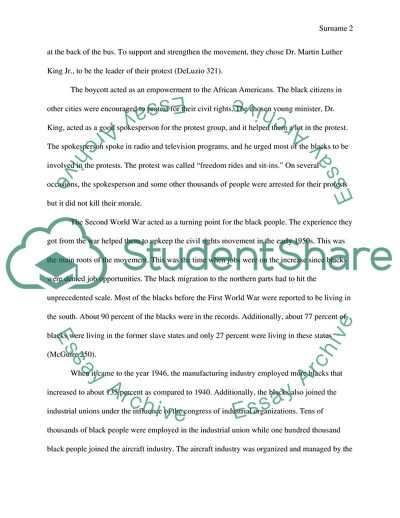Cite this document
(Emergence of the Modern Civil Rights Movement 1950s Report Example | Topics and Well Written Essays - 2500 words - 1, n.d.)
Emergence of the Modern Civil Rights Movement 1950s Report Example | Topics and Well Written Essays - 2500 words - 1. https://studentshare.org/history/1820429-emergence-of-the-modern-civil-rights-movement-1950s
Emergence of the Modern Civil Rights Movement 1950s Report Example | Topics and Well Written Essays - 2500 words - 1. https://studentshare.org/history/1820429-emergence-of-the-modern-civil-rights-movement-1950s
(Emergence of the Modern Civil Rights Movement 1950s Report Example | Topics and Well Written Essays - 2500 Words - 1)
Emergence of the Modern Civil Rights Movement 1950s Report Example | Topics and Well Written Essays - 2500 Words - 1. https://studentshare.org/history/1820429-emergence-of-the-modern-civil-rights-movement-1950s.
Emergence of the Modern Civil Rights Movement 1950s Report Example | Topics and Well Written Essays - 2500 Words - 1. https://studentshare.org/history/1820429-emergence-of-the-modern-civil-rights-movement-1950s.
“Emergence of the Modern Civil Rights Movement 1950s Report Example | Topics and Well Written Essays - 2500 Words - 1”. https://studentshare.org/history/1820429-emergence-of-the-modern-civil-rights-movement-1950s.


